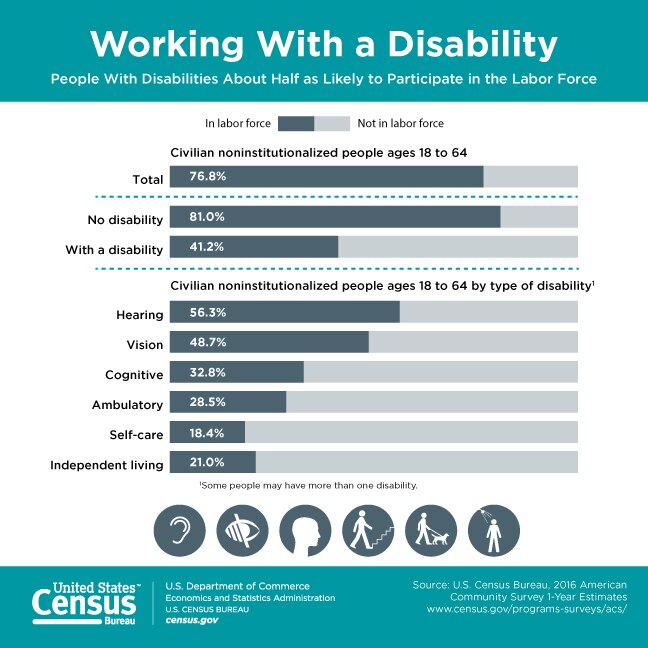In The Politics of Autism, I discuss the incentive structure facing academic researchers:
This diversity of research agendas is partially a result of uncertainty. Amid the darkness, it might make sense to shine searchlights in all directions. Some of it may also stem from the availability of autism research money at a time of tight science budgets. To put it bluntly, publication-hungry scientists may have an incentive to rebrand marginally-relevant work as autism-related. Describing her study of how experts on sex differences have landed on the “biomedical platform” of autism, science historian Sarah Richardson says they “have begun to link their very basic research -- even if it’s on nematodes [roundworms] -- to frame it as a contribution to autism.”
Thomas W. Frazier, Geraldine Dawson and colleagues have an brief report at the Journal of Autism and Development Disorders titled "A Survey of Autism Research Priorities Across a Diverse Community of Stakeholders." The abstract:
Inclusion of stakeholder voices in the allocation of research funding can increase the relevance of results and improve community engagement in research. We describe the results of an online survey that gathered input from community stakeholders regarding autism research priorities. A demographically diverse sample of respondents (N = 6004; 79.1% female; 72.5% ages 30–59; 86.4% USA) completed the survey. Results indicated a preference for applied relative to basic science topics, though both basic and applied science areas were rated as important. Respondents gave their highest ratings to research focused on co-occurring conditions, health and well-being, adult transition, and lifespan issues. These results can guide decision-making by public and private funders when developing science funding priorities and engaging in science dissemination activities.
From the article:
[Findings suggest] that the majority of the autism community, including the majority of people with autism,recognizes the value of basic and translational science for driving toward understanding and generating more powerful interventions for the future. The major exception was animal models, which generally received low priority ratings, even among the researchers who completed the survey. This finding deserves more attention, and funders who regularly support animal work may benefit from greater attention to helping stakeholders understand the potential value of this work. Regardless, the slightly lower overall ratings for basic science suggest a continual need to communicate the importance of early stage basic science projects as drivers of future innovation in applied research.

